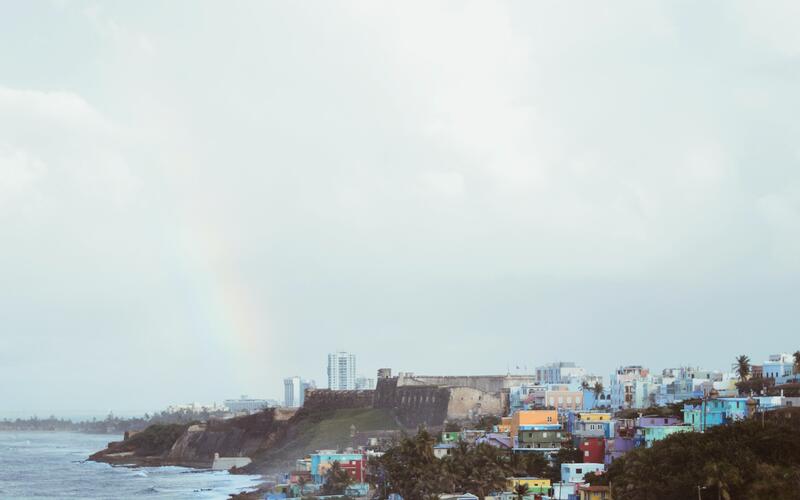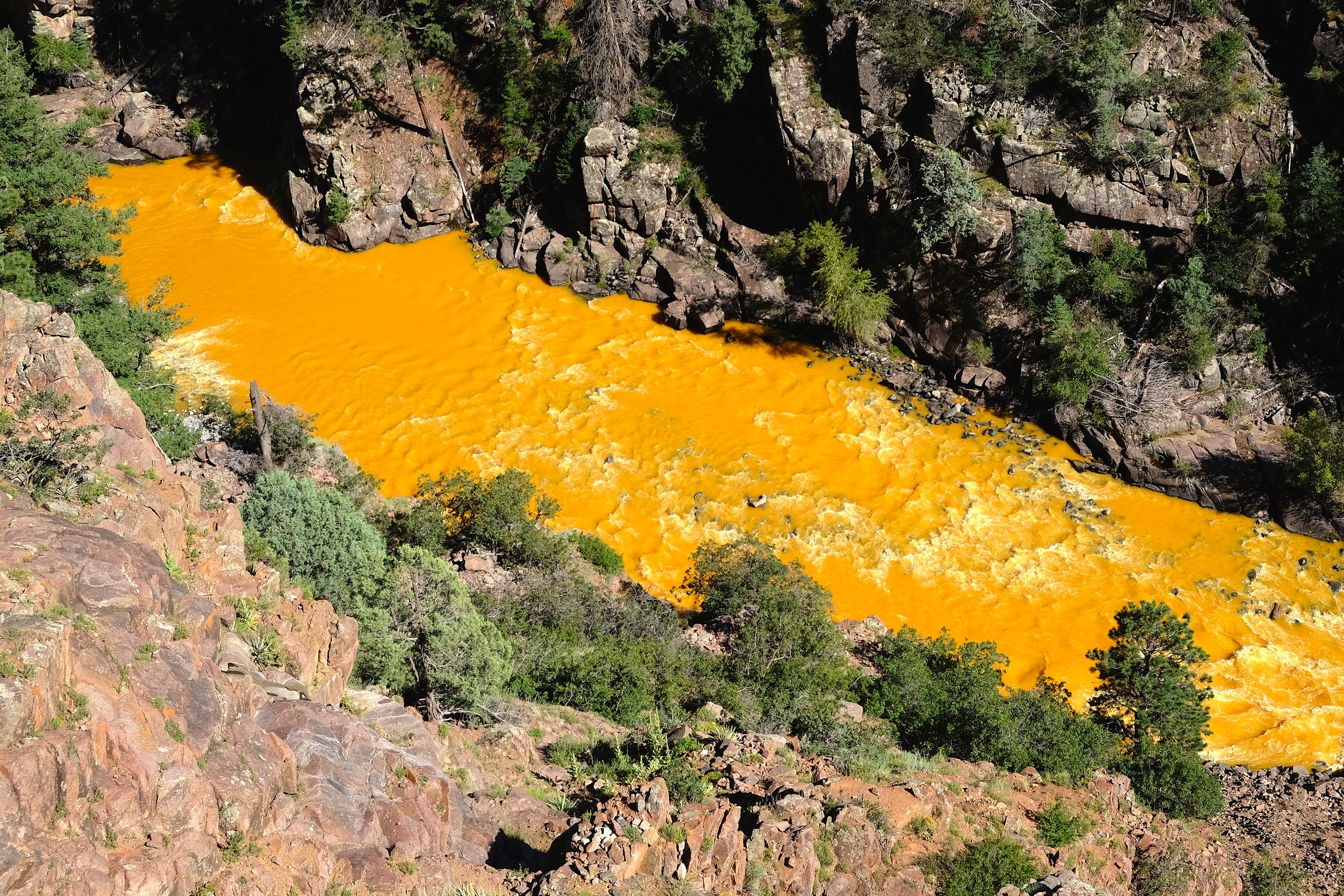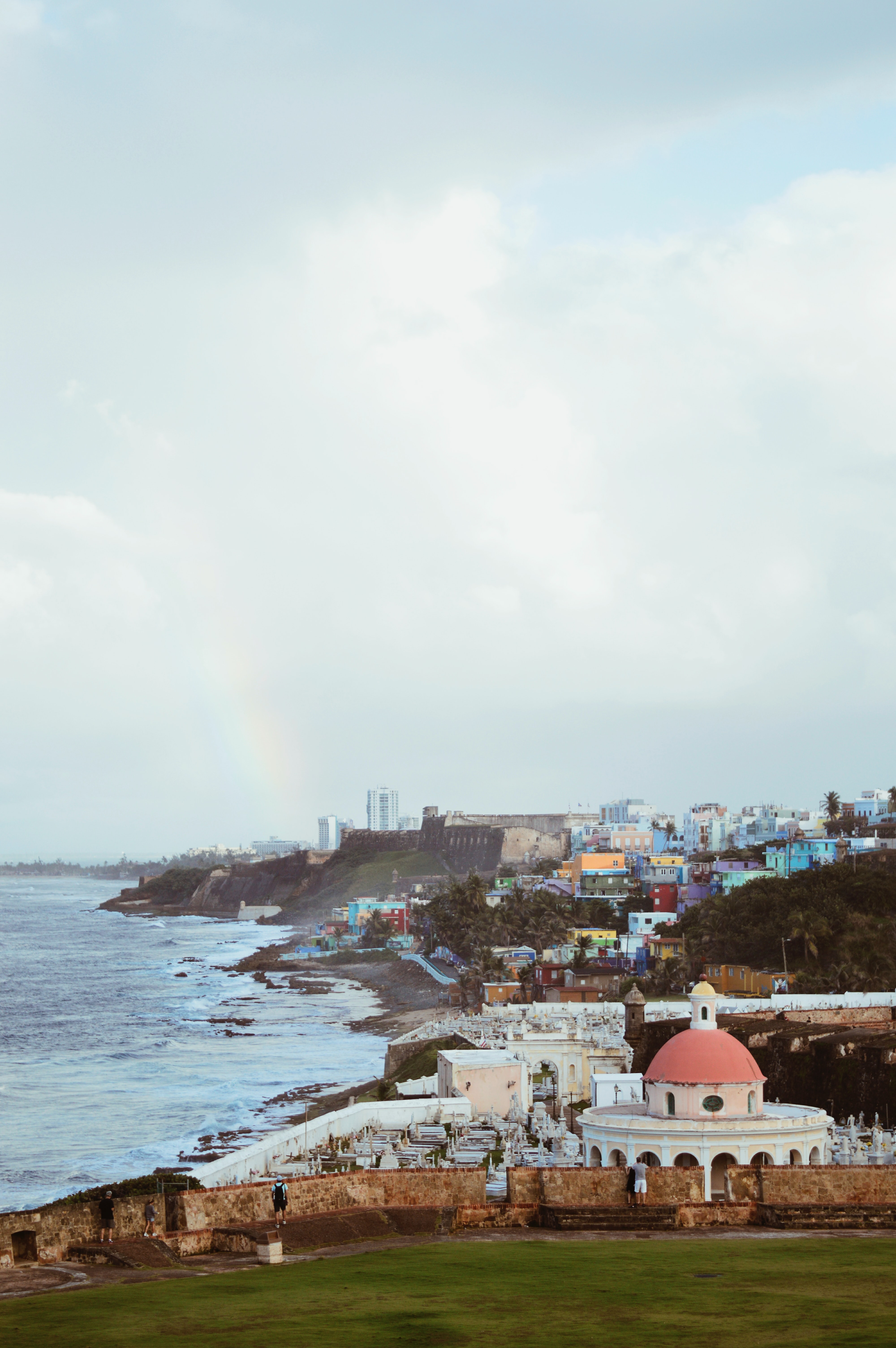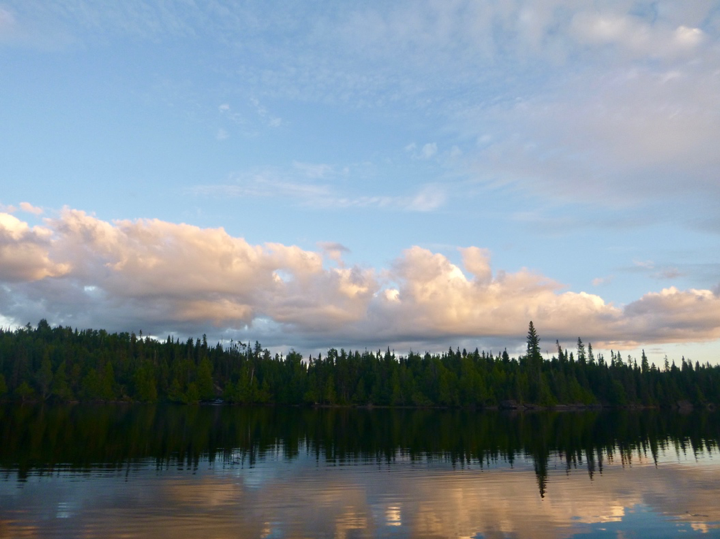The colonial legacy of environmental injustice in U.S. territories

The colonial legacy of environmental injustice in U.S. territories
U.S. territories face many environmental challenges, but research on environmental injustice often neglects these locations. A new study shows that the burdens of environmental crimes inequitably fall on these islands and the vulnerable people that live there.
Thomson, Ryan and Tameka Samuels-Jones, “Toxic Colonialism in the Territorial Isles: A Geospatial Analysis of Environmental Crime Across U.S. Territorial Islands 2013–2017.” International Journal of Offender Therapy and Comparative Criminology, 2022. https://doi.org/10.1177%2F0306624X20975161.
The United States’ legacy of colonialism is alive and well in its territories across the world. While scholars often describe the current era as one of “post”-colonialism, world powers like the United States maintain an extractive hold on distant lands. For example, the residents of these islands across the Caribbean and the Pacific exist in a political limbo where they are barred from many benefits that citizens have in the 50 states. One harmful extension of colonialism is “green crime”, which involves violations of environmental law. These violations include illegal actions related to water pollution, air pollution, and radioactive testing. Green crimes devastate territories such as Puerto Rico, Guam, and American Samoa. These illegal acts are a result of historical and ongoing operations of the U.S. military and American corporations. To prevent future harm, it is essential to assess the geographical distribution of green crimes across the United States and its territories.
In a recent study, researchers from Auburn University and York University investigate the locations of green crimes across U.S. territorial islands. Their article published in the International Journal of Offender Therapy and Comparative Criminology uses approaches from geography and criminology to understand patterns concerning these illegal actions. Based on records from the Environmental Protection Agency (EPA), the researchers confirmed that U.S. territories are frequently burdened with unenforced green crimes. For example, in Puerto Rico between 2012 and 2017 over 2,000 violations of environmental law were in non-compliance for three years or longer. Almost all green crimes were tied to water pollution and ports where poorly regulated shipping, current military activity, or legacies of nuclear detonations were prevalent. Major corporations like Bacardi, CVS, and Virgin Rum Distillers have discharged dangerous chemicals in San Juan and St. Croix. In other locations like the Marshall Islands and Johnson Atoll, environmental health impacts linger from government weapons testing that continued until as recently as 2007. Many areas across these territories have been condemned and left uninhabitable due to the presence of highly toxic chemicals like Agent Orange and polychlorinated biphenyls (PCBs).
This study highlights legal evidence of problems long-known by the local island communities. Importantly, the data showing high rates of violations and lengthy periods of non-compliance provides environmental justice advocates with evidence to push for change. Notably, several organizing efforts have successfully held polluters accountable for their environmental harms. Movements such as the 1999 protests against the Vieques Naval Training Range provide hope that local groups can challenge powerful environmental polluters. In this case, Puerto Rican residents forced a shutdown of the military installation through civil disobedience after a civilian was mistakenly killed by a Navy bomb. By closing down this base, local organizers were able to prevent further harm to ecological systems and human health. Successful activism like this shows that by integrating legal analysis and community-driven action, environmental advocates can prevent regulatory oversights to avoid future harm.
It is crucial to acknowledge that U.S. territories are not the only locations that face significant and unregulated environmental burdens. This study provides just one look at green crimes in a sparsely researched area and explores the ties they have to colonialism. By detailing how vulnerable communities are burdened through regulatory failures, this work poses a challenge for decision-makers to hold criminal polluters accountable and recognize histories of environmental oppression.




